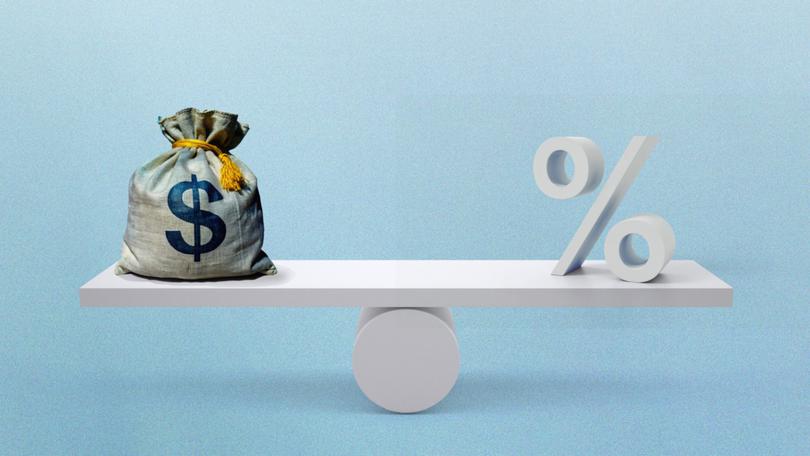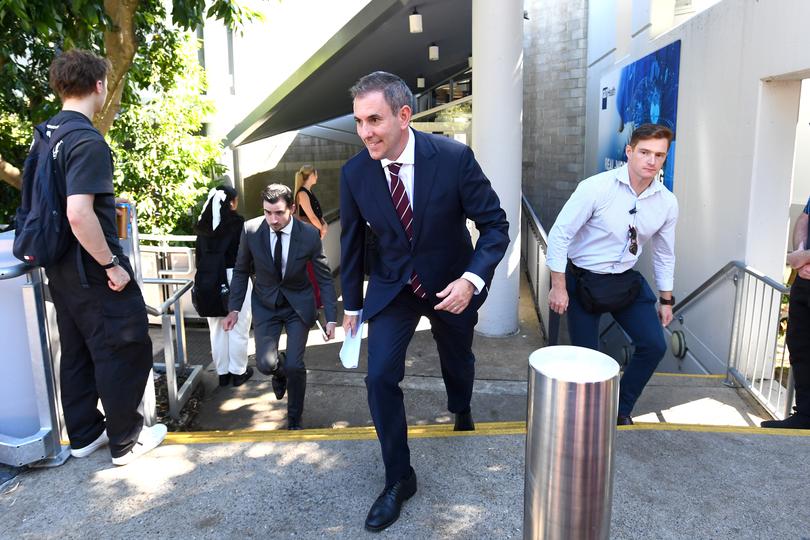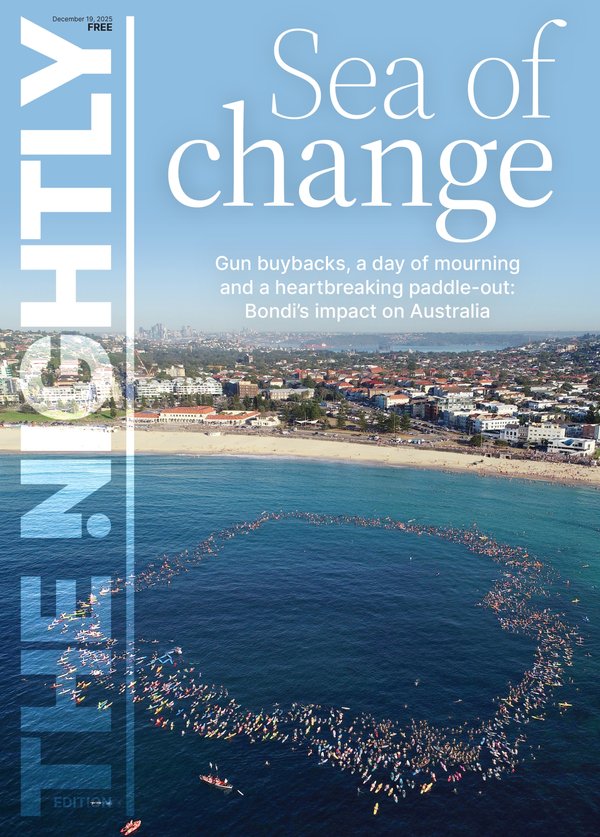JACKSON HEWETT: Maths behind Treasurer’s Goldilocks economy fails to add up

When Treasurer Jim Chalmers handed down the Federal Budget, he presented a rosy picture: a growing economy, rising wages, stable inflation, and unemployment holding steady. A Goldilocks economy — not too hot, not too cold.
But scratch beneath the surface, and economic experts say the numbers don’t add up. The Treasury’s assumptions underpinning this outlook — covering everything from GDP to tax revenue to household incomes — rely on a leap in productivity not seen in decades, with minimal reforms announced in the Budget to justify it.
The assumptions also call into question the Government’s deficit projections.
Sign up to The Nightly's newsletters.
Get the first look at the digital newspaper, curated daily stories and breaking headlines delivered to your inbox.
By continuing you agree to our Terms and Privacy Policy.Current spending policies would see deficits peak at 1.5 per cent of GDP next year, before falling away to 1.1 per cent of GDP by the end of the forward estimates. But that relies on wages growing by 3.75 per cent by the end of 2028–29, bumping up income tax receipts to pay for government spending programs. Failure to hit those levels of wage growth would smash a hole in future budgets.
The assumptions underpinning the Budget are: • Real GDP growth rising from 1.5 per cent this fiscal year to 2.75 per cent by 2028 • Employment growth ticking up from 1 to 1.5 per cent • Wages growth lifting from 3 per cent to 3.75 per cent • Unemployment remaining static at 4.25 per cent • Inflation easing to 2.5 per cent and staying there.
All healthy numbers — on their own. But taken together, they form an equation that only balances if labour productivity experiences a sharp and sustained reversal of fortune.

Commonwealth Bank’s Gareth Aird doesn’t see how that can happen, unless productivity rises to 1.25 per cent. Currently it is going backwards and has been below 1 per cent for over a decade.
“1.25 per cent is extraordinarily big lift in productivity growth and the budget is assuming that this productivity dividend in the outer years of the forward estimates, which is the implicit assumption between employment growth and real GDP growth, goes to the worker in the form of a real wage increase,” he said.
“The idea that productivity growth can accelerate to one and a quarter percent without any reform, in our view, is not an assumption that we would be using.”
If productivity doesn’t meet Treasury’s heroic target, then: “The wages number has to be lower. And the real GDP number should be lower as well,” Mr Aird said.
Which means the Budget faces not just a cash black hole in terms of tax receipts, but the deficits — which are forecast to fall to 1.1 per cent of GDP by 2028–29 — also look much worse.
Warren Hogan, economic adviser to Judo Bank, said the forecasts relied on a “steady state Nirvana” that returned the economy to long-term averages that bore little resemblance to current reality.
“On the eve of an election, Treasury probably wanted to be careful not to be projecting anything that says one thing or the other, so they have the most neutral set of forecasts there is,” he said.
Mr Hogan said the assumption that the economy would see another 230,000 jobs was already being called into question by the latest employment figures, which saw 53,000 people drop out of the labour market in February.
“If we end up getting 100,000, and we already saw negative 53, and it comes in weaker than expected, I can actually take $10, 15 billion out of the Budget,” he said.
“They’re expecting employment growth of almost 200,000 jobs right now in the four months to the end of the year,” he said. “And I’m worried that that’s what’s underpinning their income tax receipt projection for this year, and all of the projections therefore going out forward.”
He also warned that Treasury’s wage forecasts relied on households accepting a permanent hit to living standards after years of negative real wages — an increasingly implausible proposition given the stance of unions.
“What they’re assuming is that… Australians just basically accept they’ve had a structural step down in their income level, and they make no effort to recover that,” he said. “Everything the unions are doing are trying to not only keep up with the issues they’re facing now, but also get a bit of catch up for what they’ve lost.”
He said that public service enterprise bargaining agreements were already showing wage rises of 6 per cent.
“The reality is… highly unionised public sector [workers] are getting outcomes, and that does eventually flow through the private sector,” he said.
Mr Hogan also questioned the notion that productivity would bounce back suddenly without economic pain.
“I can see the only way you’re going to get a sudden shift in productivity is through massive job losses,” he said. “That’s the normal cyclical productivity.”
And while headline inflation has come down, he said that was largely because businesses were absorbing rising costs by accepting margin compression, a trend that could not continue indefinitely.
“The reality is, measured inflation is in the midpoint of the target, primarily because of subsidies,” Hogan said. “Business costs are rising at around five per cent and inflation at three, eventually profits go to zero and negative, and you don’t have a business. Either prices go up or businesses cut investment and jobs.”
In that instance, the state would likely step in again to support the unemployed, setting up a greater likelihood of structural deficits.
That sets the Budget up for a mismatch between persistent government spending growth and overly optimistic revenue assumptions. The Budget projects spending growth to slow dramatically from nearly 8 per cent this year to just 1.7 per cent next year, while simultaneously assuming a robust lift in tax receipts, driven by accelerating wages and economic growth.
But if those revenue projections fail to materialise due to weak productivity or softer employment outcomes, structural deficits will become entrenched.
“This is going to ruin our economy if we just keep going on this path,” Mr Hogan warned.
He noted that recent years have seen the fastest sustained growth in government spending outside of wartime — and there is little in the Budget to suggest a credible plan to rein it in.

